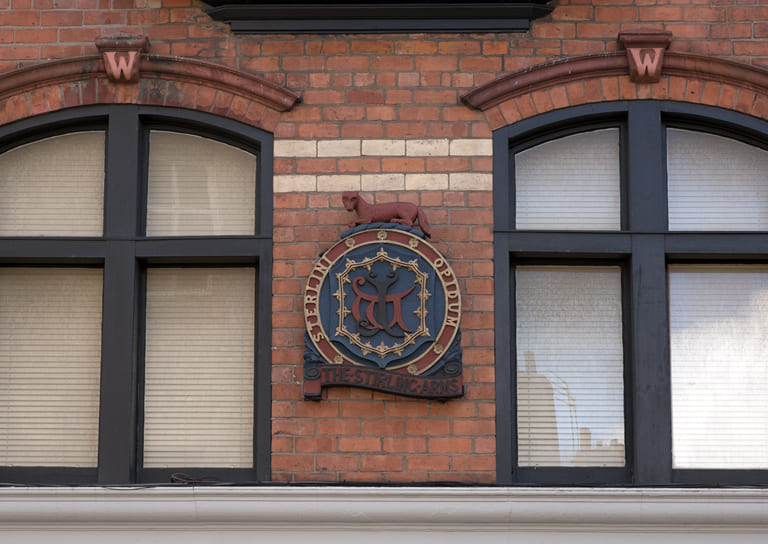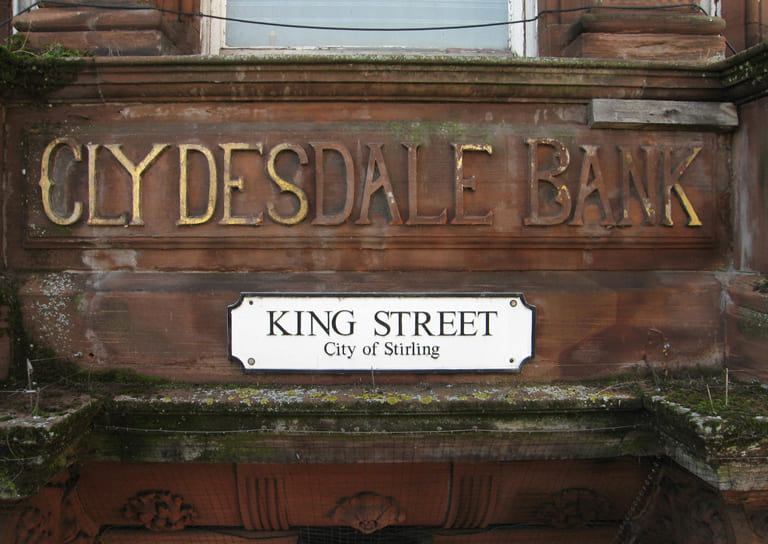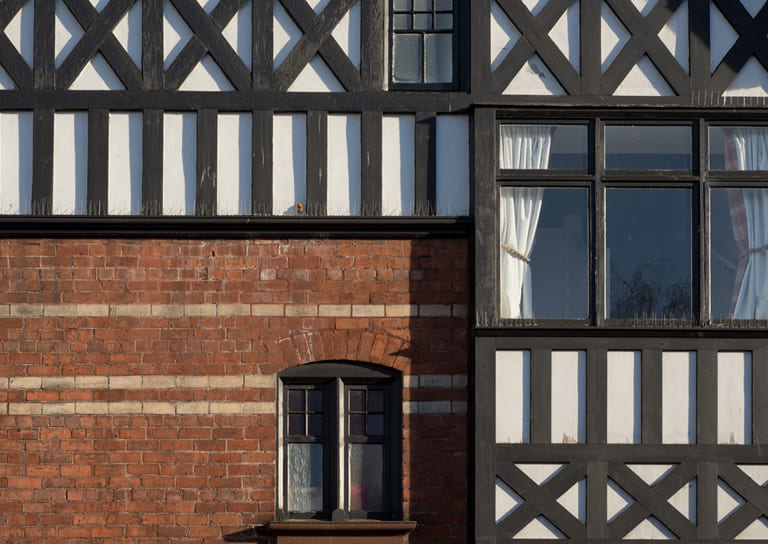- Home
- Our Work

- Stirling's Story

- Blog
- Beechwood House and the Transatlantic Slave Trade
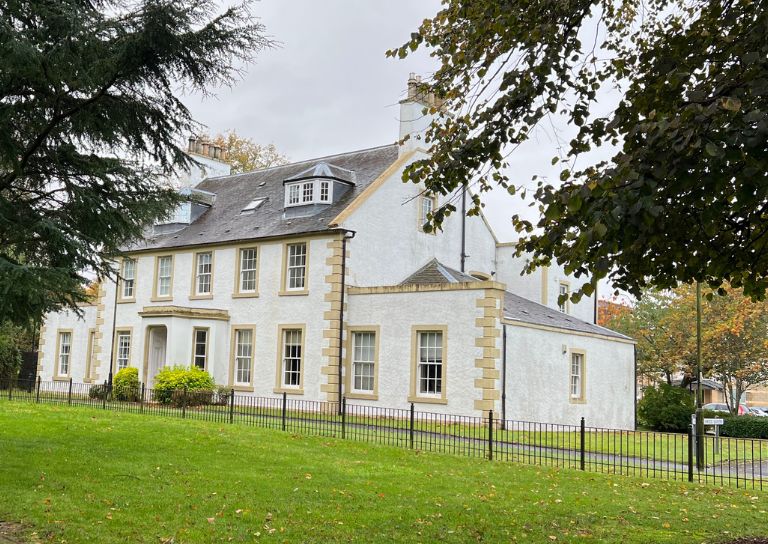
- New Retrofit Service now available for Traditional Buildings Health Check Members
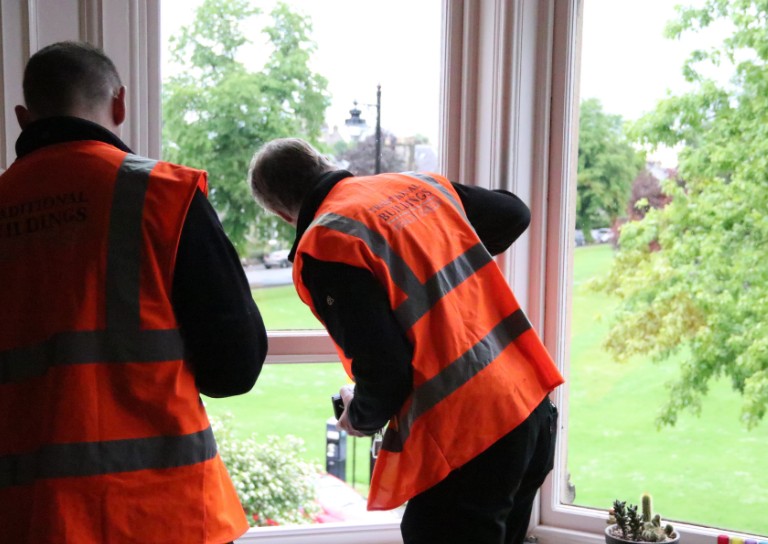
- Retrofitting Traditional Buildings: Chimneys
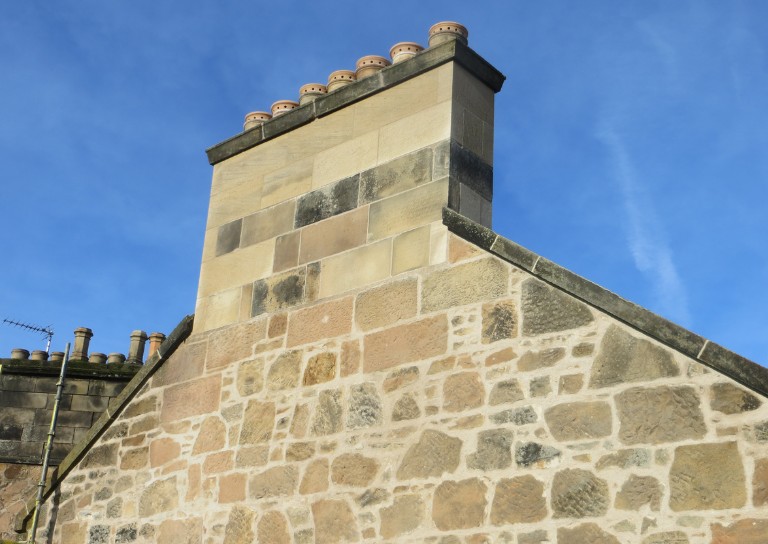
- SCHT 20: Championing Women in Construction
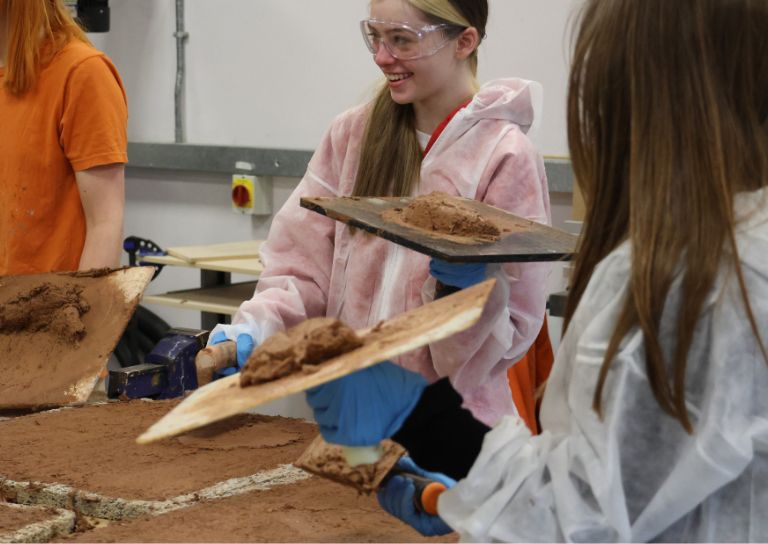
- Stirling's Lost Swimming Pools
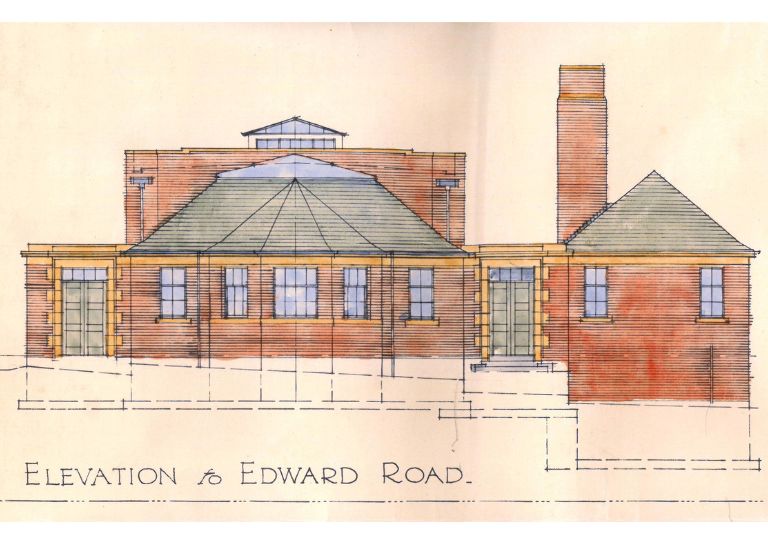
- Women in Construction at Bannockburn House
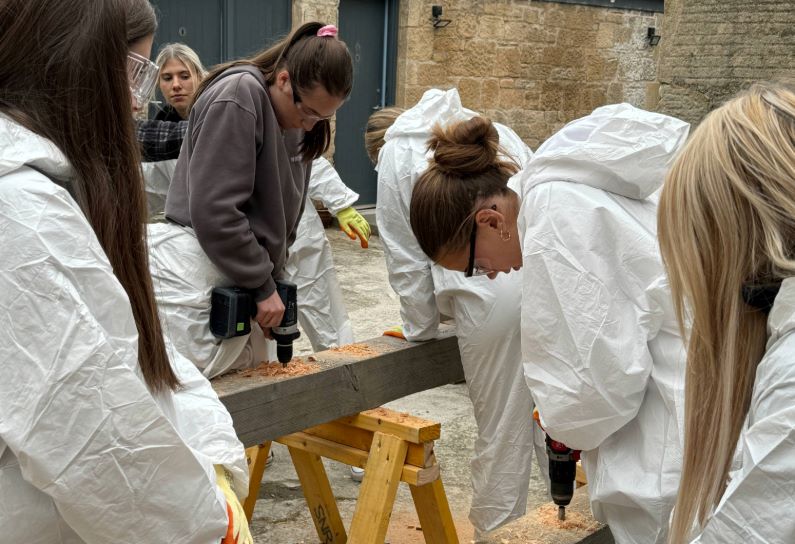
- Avenues to the Past: Stirling’s Historic Streets Exhibition
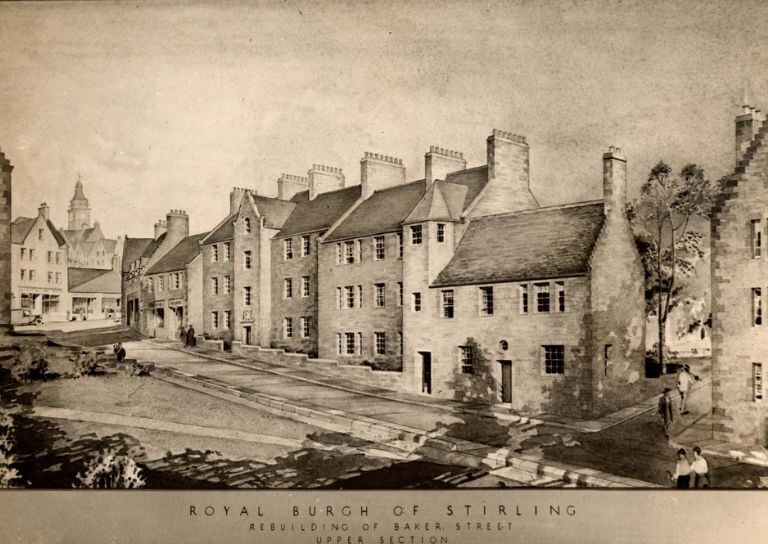
- Retrofitting Traditional Buildings

- Retrofitting Traditional Buildings: Windows
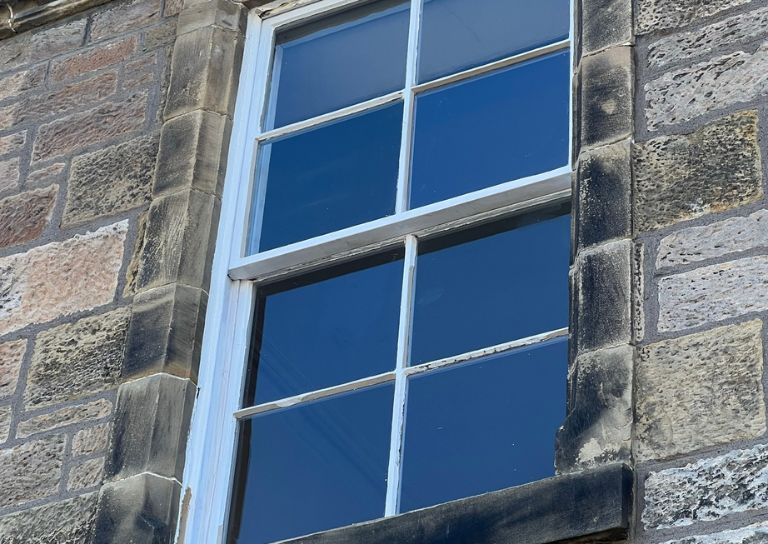
- Statement on Langgarth House

- Guest Blog: Dementia Friendly Heritage Interpretation

- SCHT Grant Conditions: Owners Associations
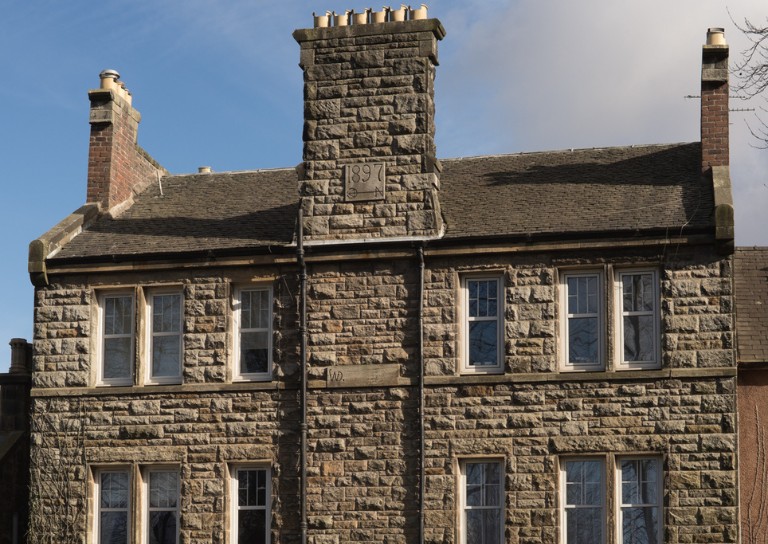
- Stirling Business Awards 2025

- What is a Conservation Area
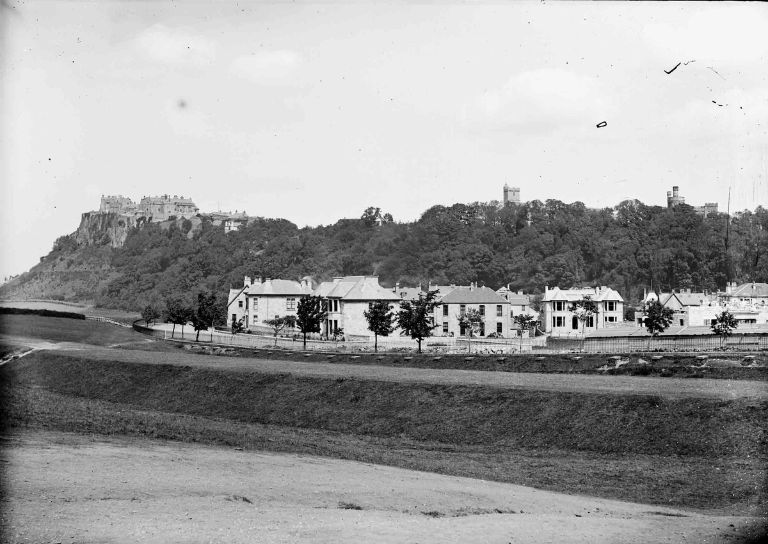
- 20 Great Buildings of Stirling
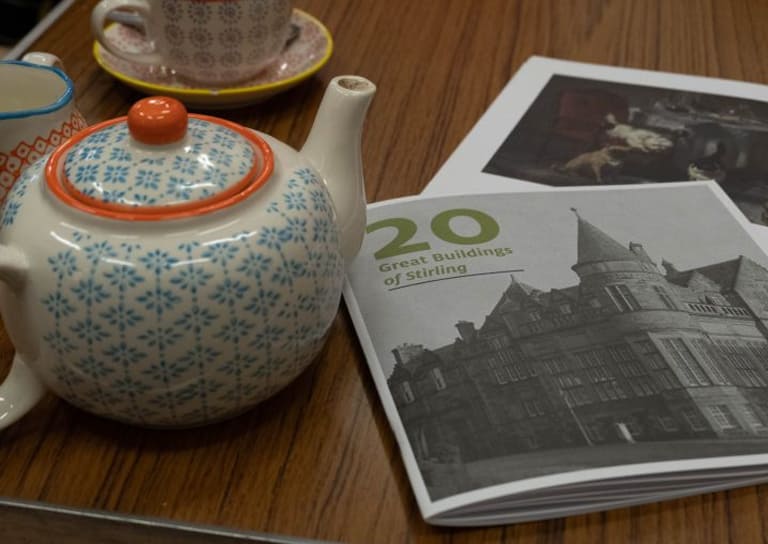
- Building Resilience: Maintaining Traditional Buildings
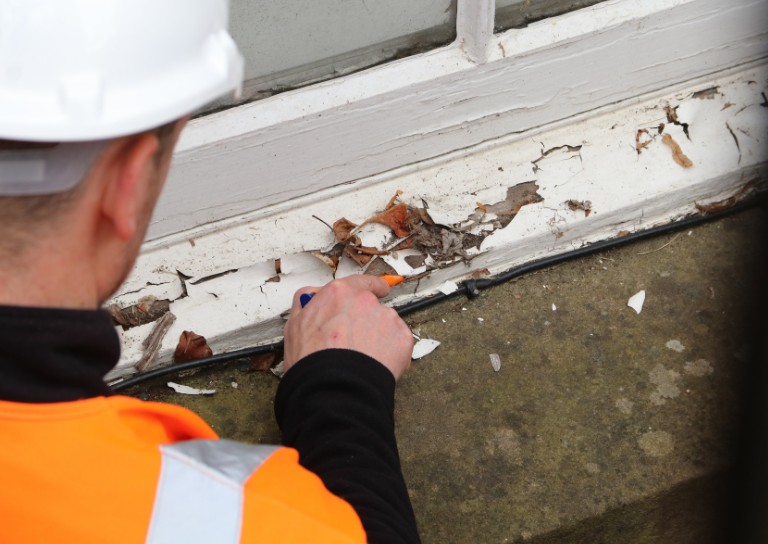
- Architects and The Thistle Property Trust

- World Heritage Day: Exploring Hayford Mill
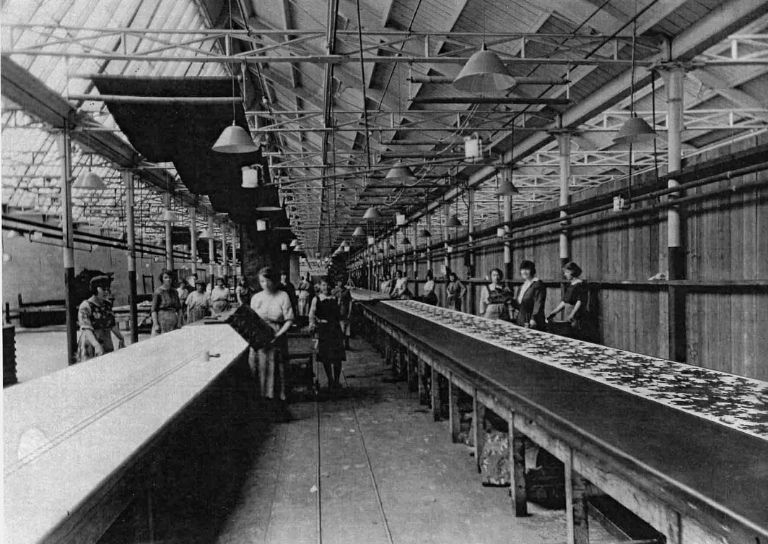
- Community Consultation launched for Stirling’s Heritage Strategy

- SVE Inspire Awards September 2024

- Reminiscence Art Project
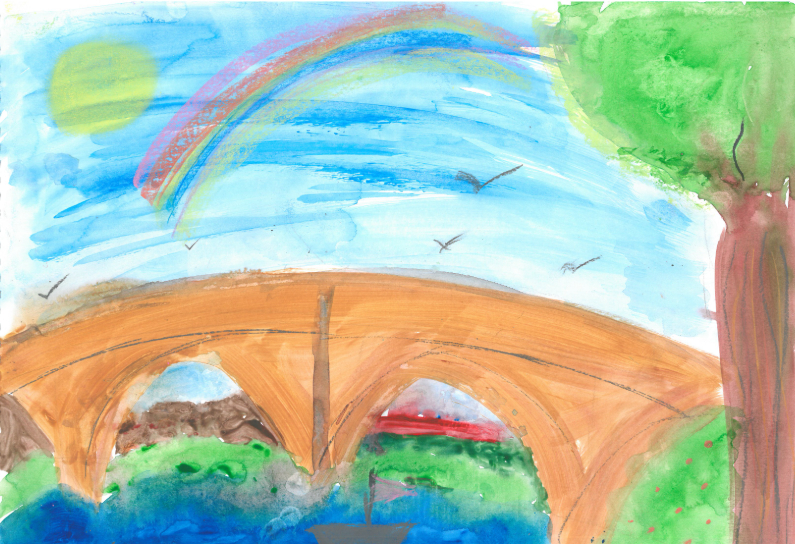
- On the European Stage: Preserving by Maintaining conference, Bratislava

- The Abolition Movement in Stirling

- Shopping Arcades
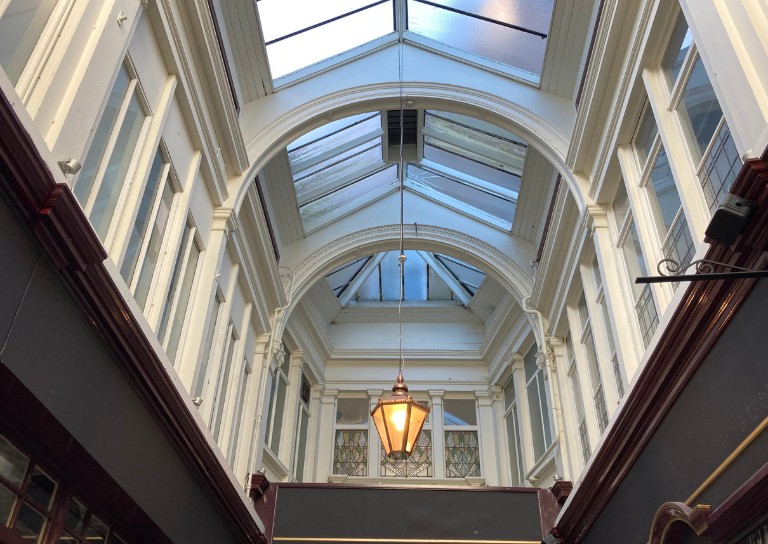
- Retrofitting Traditional Buildings: Insulation
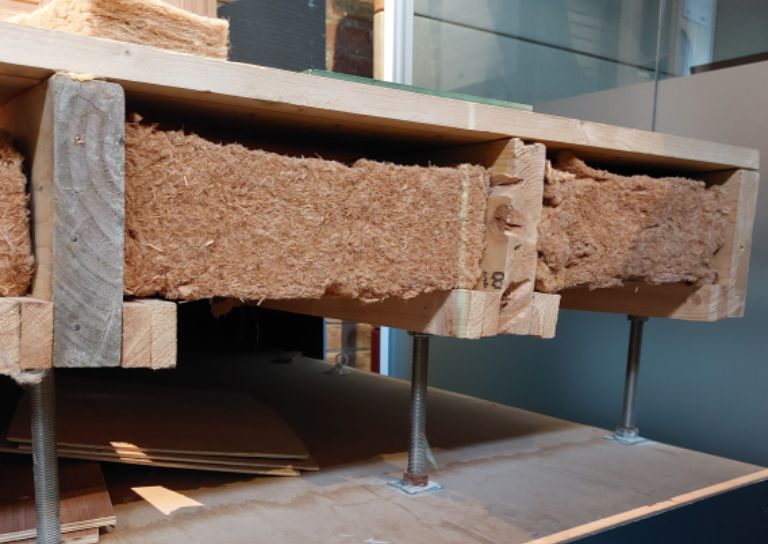
- Retrofitting Traditional Buildings: Climatic Adaptation
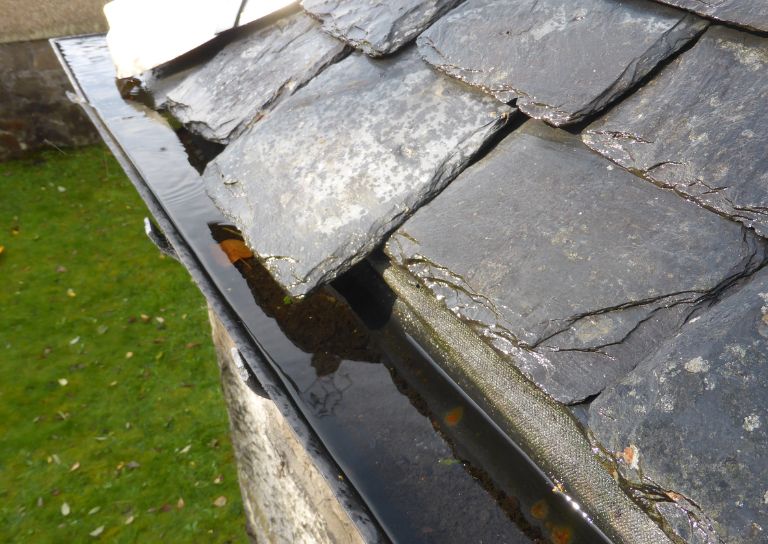
- Kings, Wolves and Drones: 20 years of care and repair at Stirling City Heritage Trust

- Practical Workshop on Retrofitting Insulation with A. Proctor Group
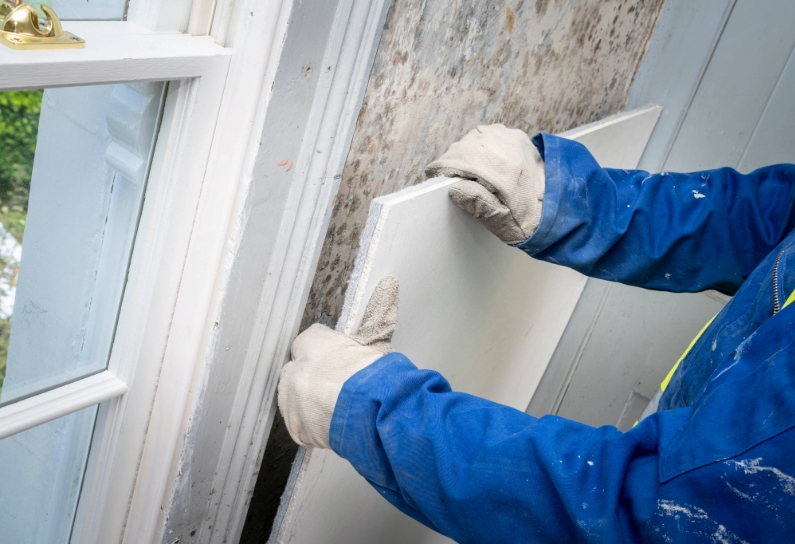
- Marking the 80th anniversary of VE Day
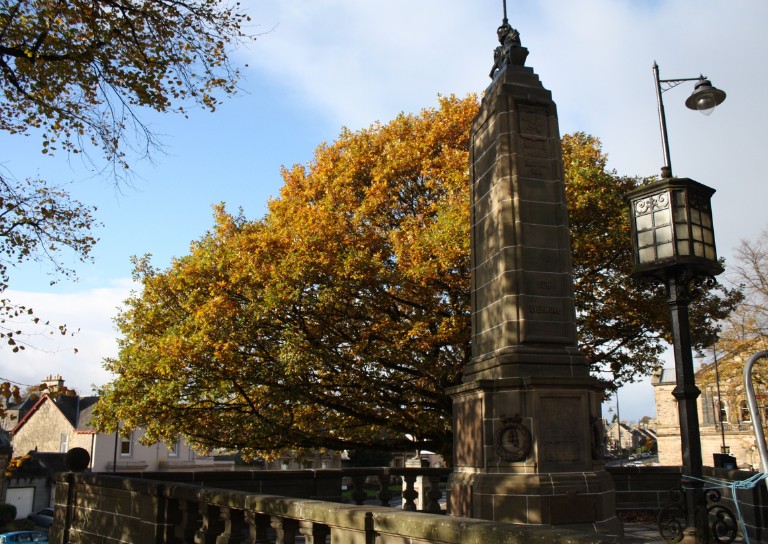
- Walker Family Visit
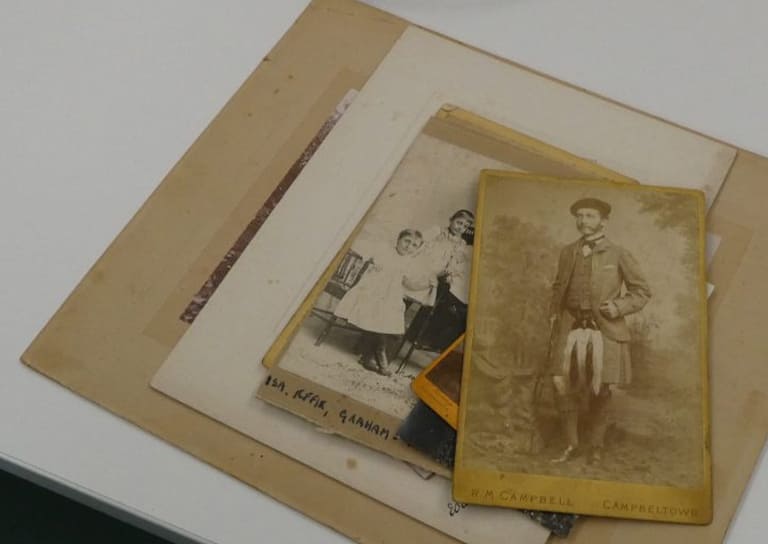
- Retrofitting Traditional Buildings: Fabric First
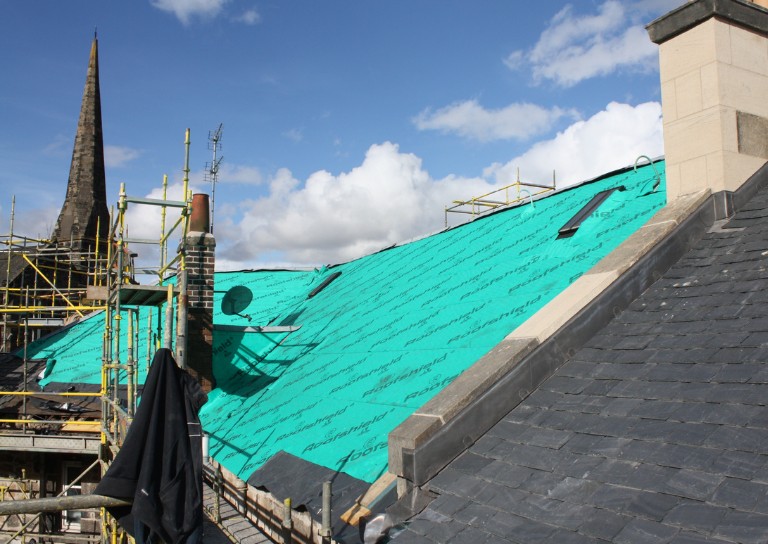
- Supporting traditional building repair in Stirling
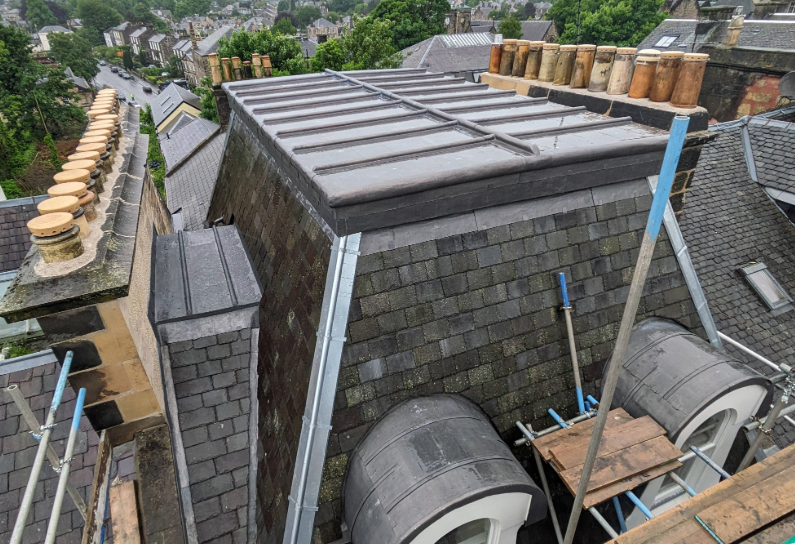
- Stirling's Historic Jails

- Ghost Tales from Stirling
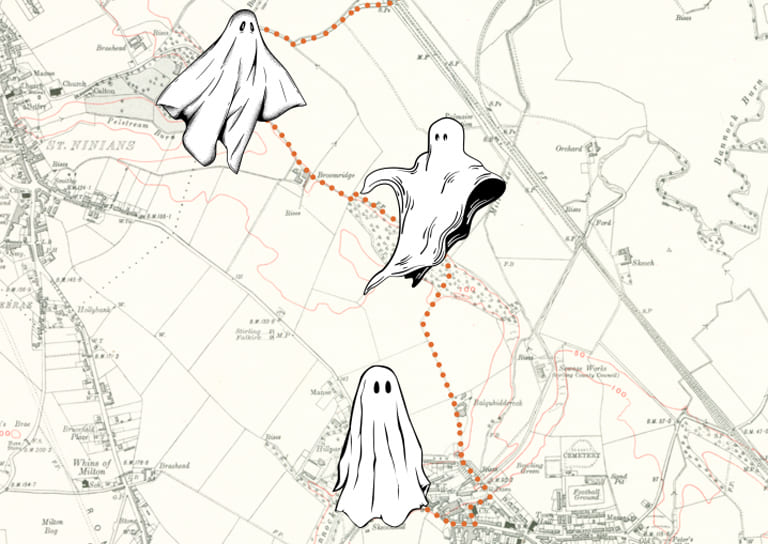
- Stirling Reminiscence Box
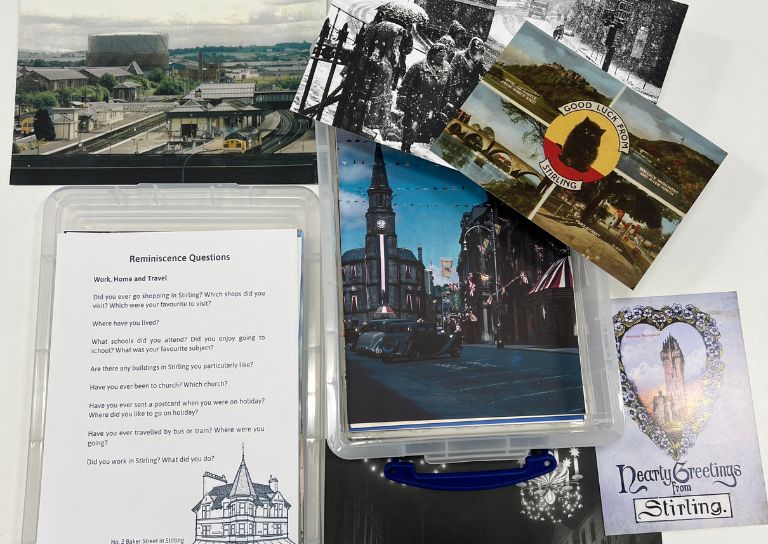
- Stirling City Heritage Trust at 20

- Retrofit Event: Meet the Suppliers

- Snowdon House and The West Indies
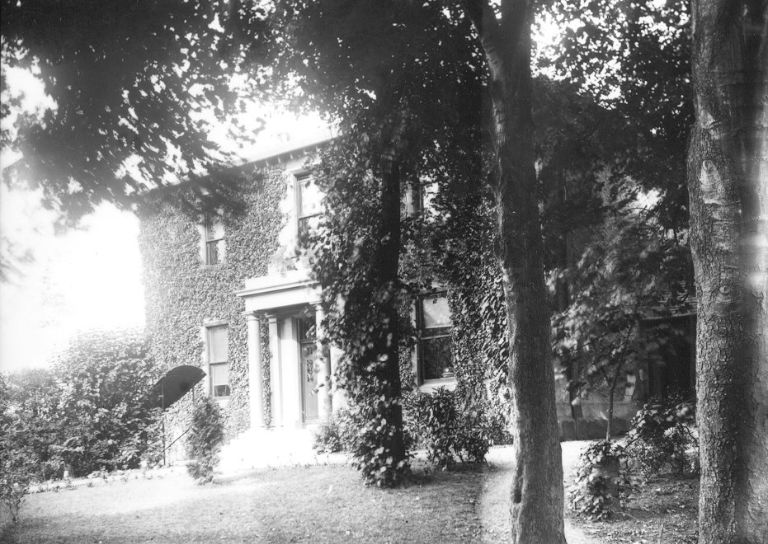
- Miss Curror and the Thistle Property Trust
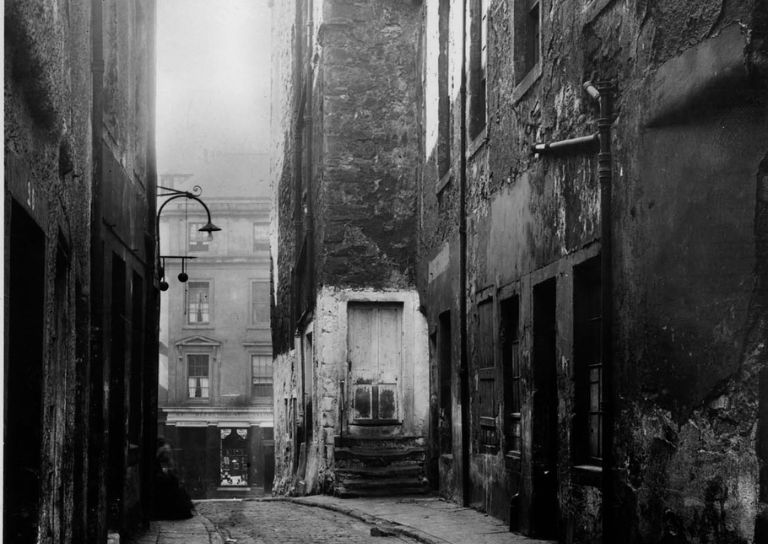
- Dr Lindsay Lennie retires from Stirling City Heritage Trust
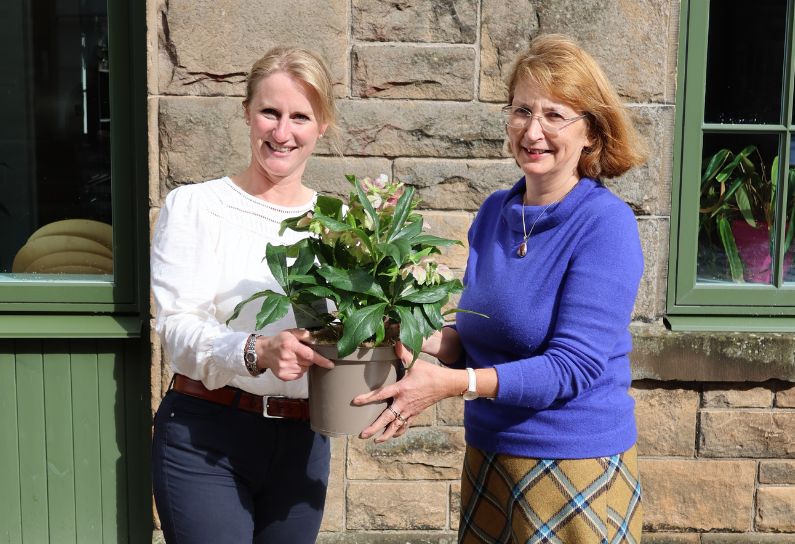
- Stirling’s Streetscape Stories: Photography Workshop
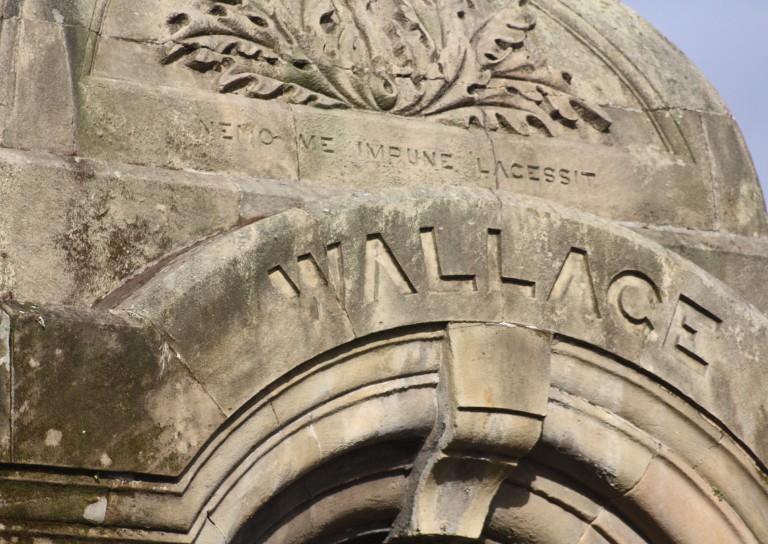
- Level 3 Award in Energy Efficiency for Older and Traditional Buildings Retrofit Course (2 Day)

- Stirlingshire’s Highland Games

- Creative careers in the heritage sector
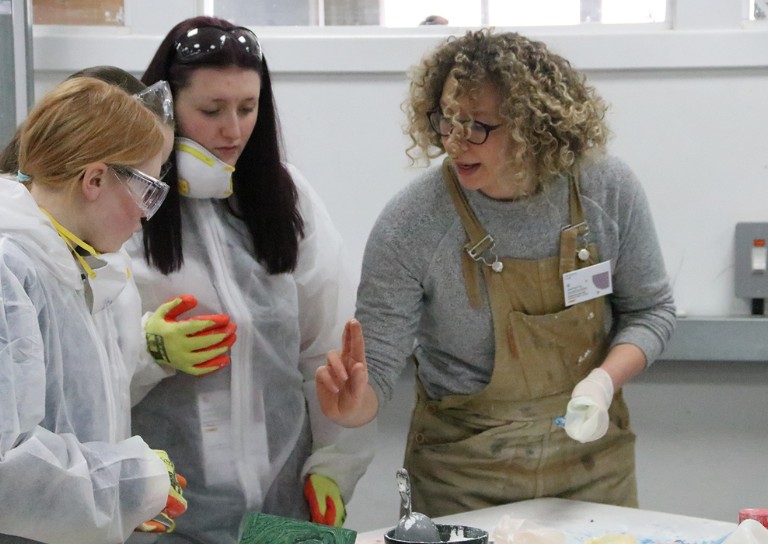
- Postcards From Stirling
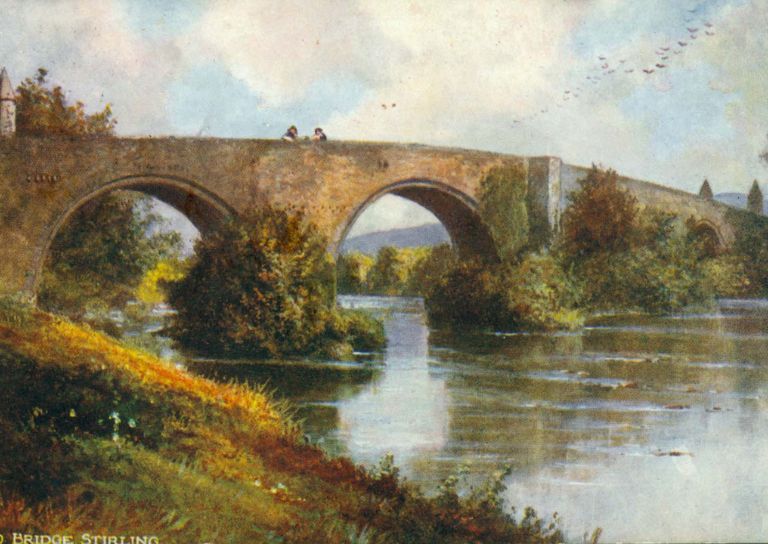
- Stirling’s Gala Days
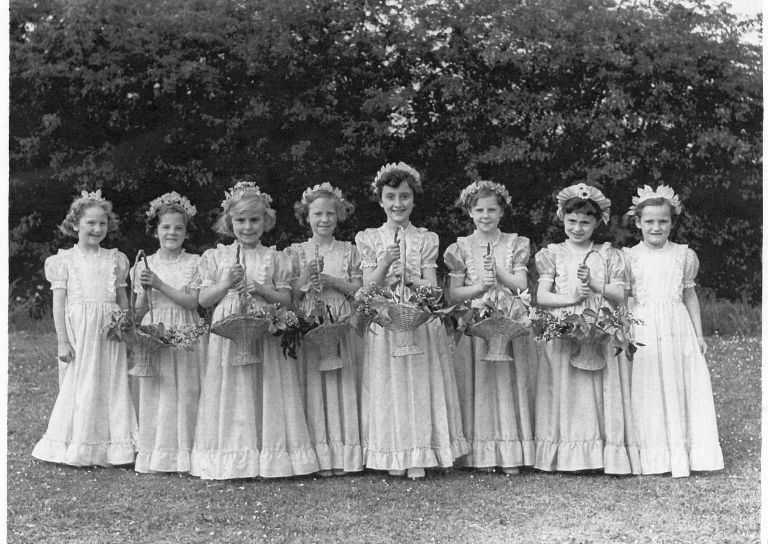
- Building Surveying Student Intern at Stirling City Heritage Trust
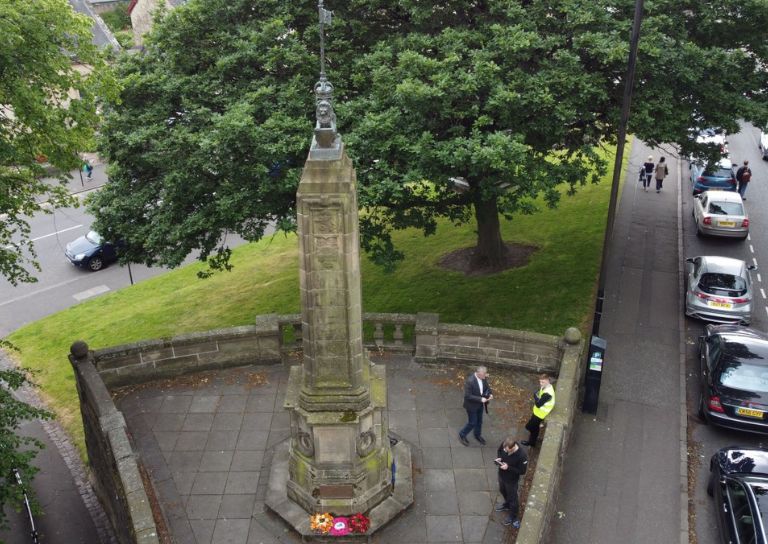
- Heritage Trail: Stirling Walks

- Local History Resources
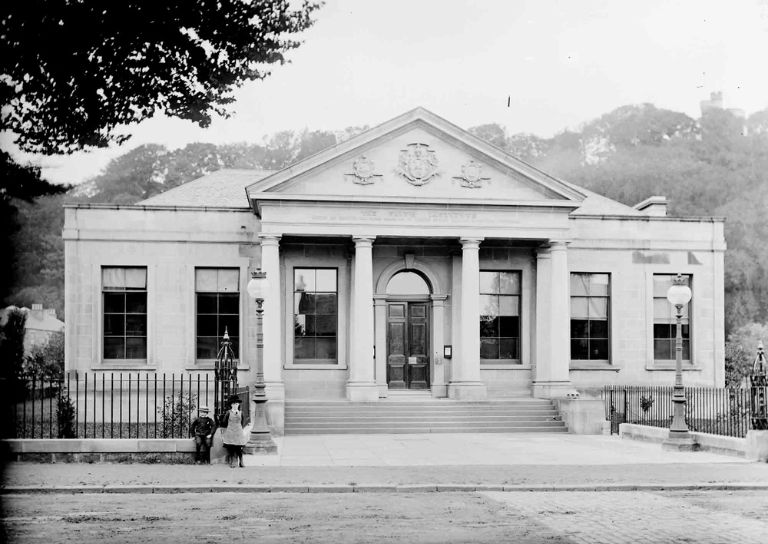
- Stirling Through the Decades

- Stirling’s STEM Pioneers

- Traditional Skills: Signwriting

- Christian MacLagan, a pioneering lady, but born too soon?

- Traditional Shopfronts in Stirling

- Stirling History Books for World Book Day
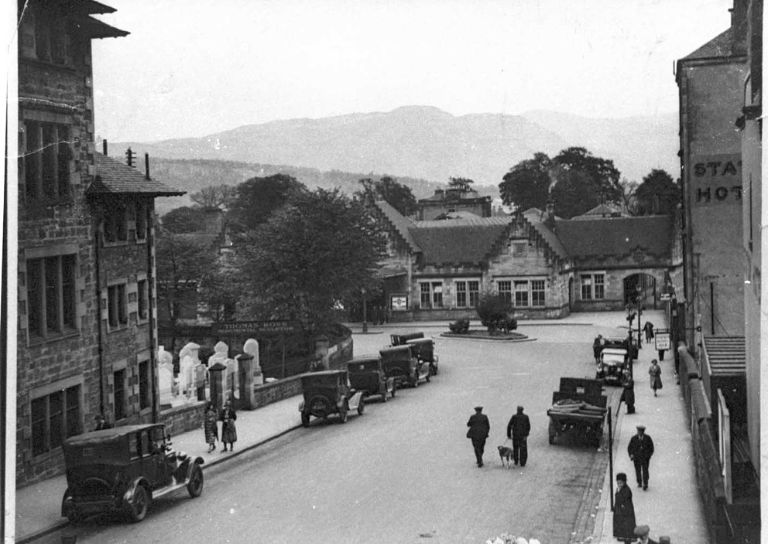
- My Favourite John Allan Building by Joe Hall
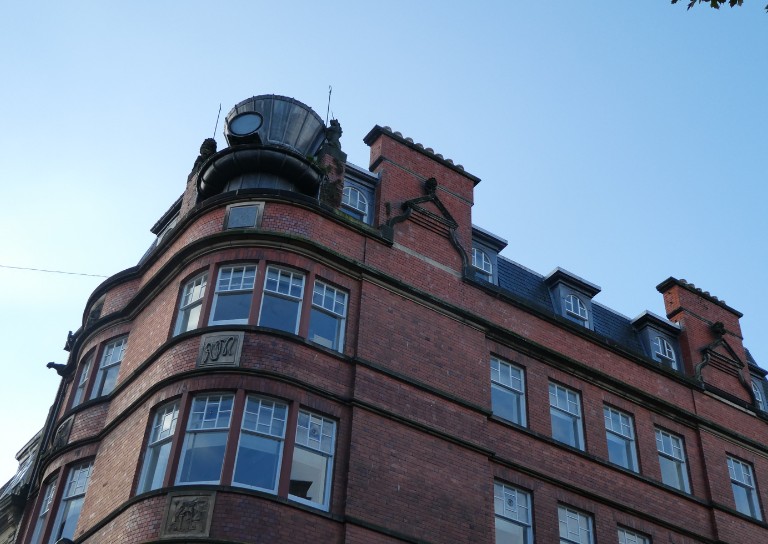
- My Favourite John Allan Building by Lindsay Lennie

- My Favourite John Allan Building by Andy McEwan
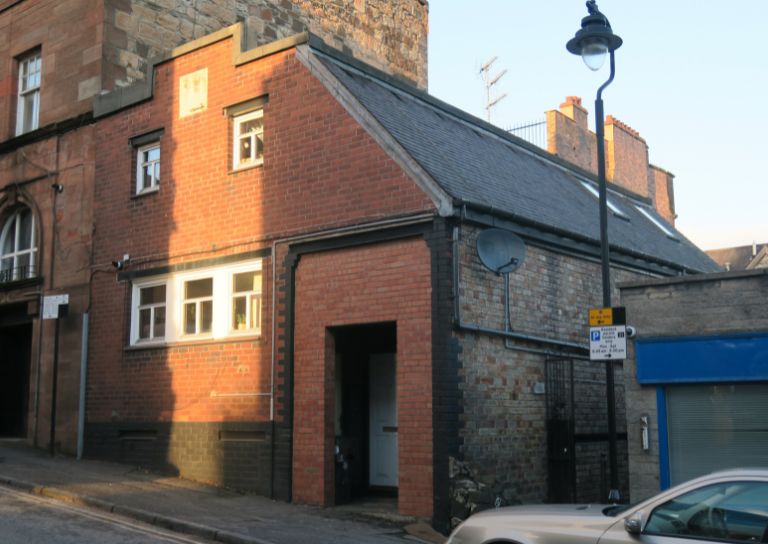
- My Favourite John Allan Building by Pam McNicol
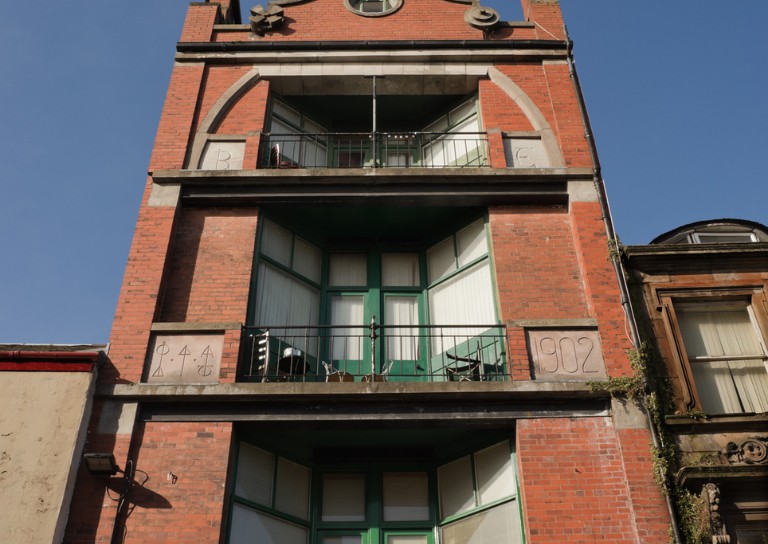
- Celebrating John Allan: A Man of Original Ideas

- The Tale of the Stirling Wolf
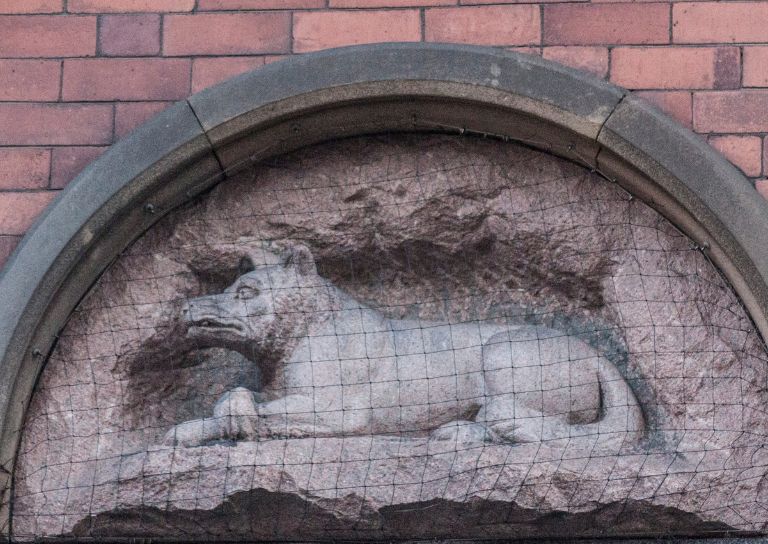
- Stirling: city of culture

- Christmases Past in Stirling
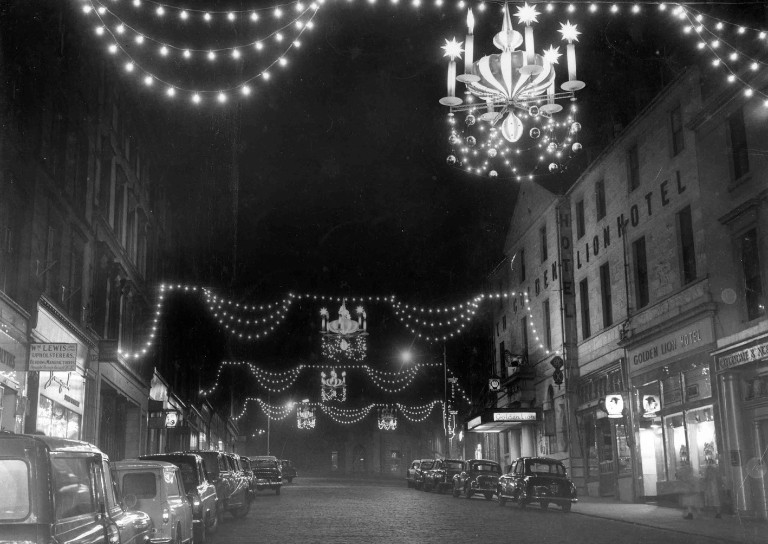
- Stirling’s Historic Graveyards

- Top 10 Tips for Architectural Photography
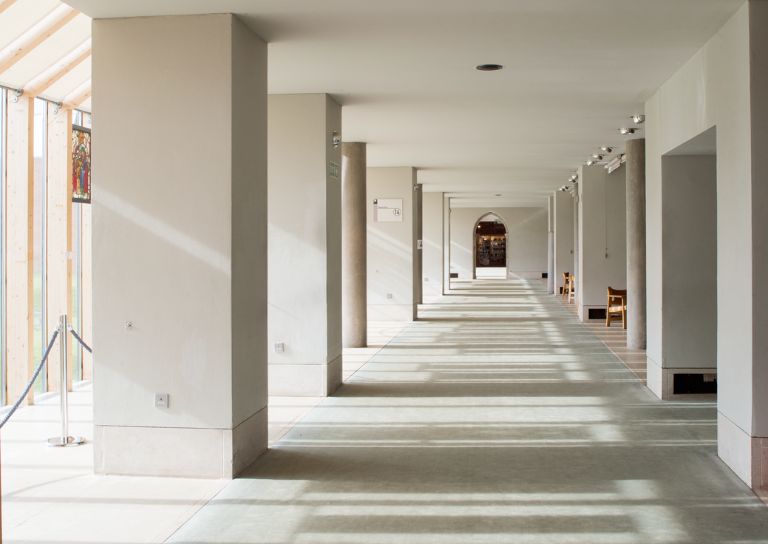
- An Interview with David Galletly

- Springtime in Stirling

- The Kings Knot – a history
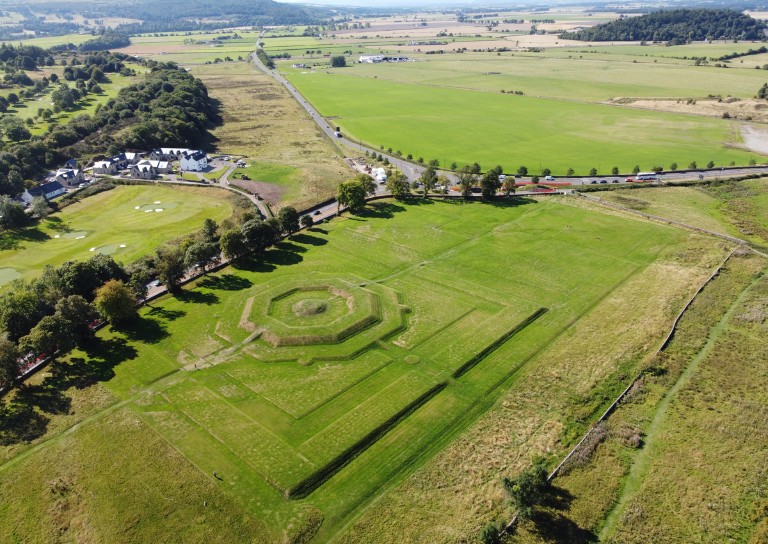
- A Future in Traditional Skills

- Robert Burns’ First Trip to Stirling

- Stirling’s Witches

- Stirling’s Ancient Wells
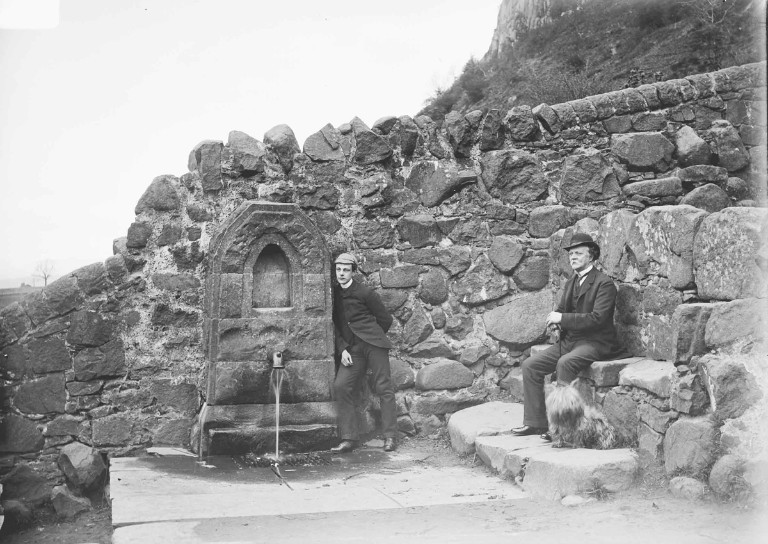
- An architecture student’s take on the City Of Stirling
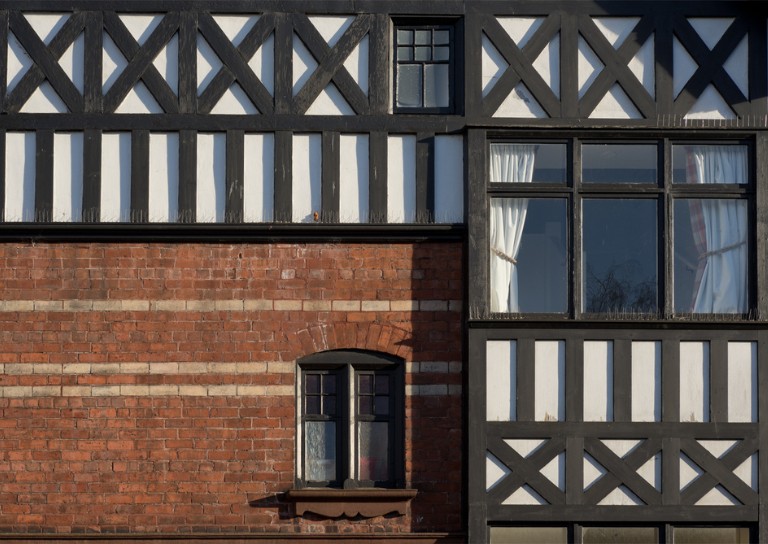
- Ronald Walker: Stirling’s Architect

- Stirling’s Statues

- Stirling’s Wee Bungalow Shops

- Stirling’s Historic Hospitals

- Women in Digital Innovation and Construction
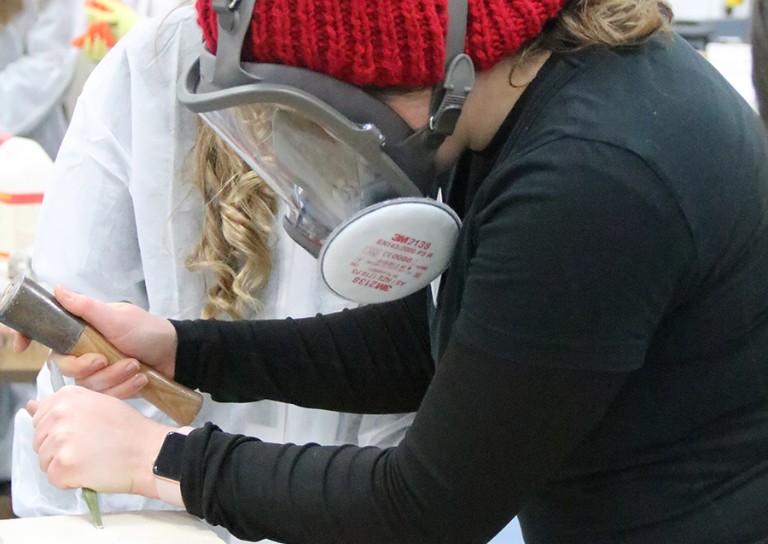
- Heritage at home: 8 of the best online heritage resources
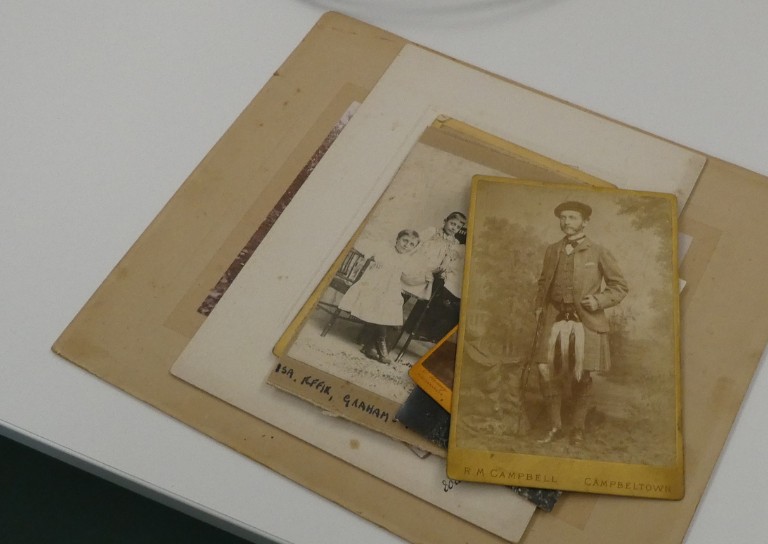
- Stirling featured at virtual heritage conference

- Five of Stirling’s greatest John Allan buildings
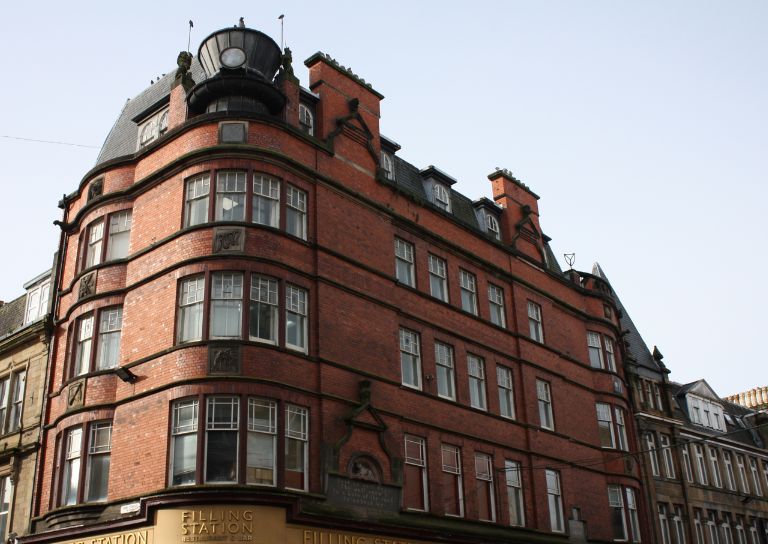
- Women in Construction – Stirling event report

- Scotland’s trailblazing women architects

- Stirling’s Heritage: Spotlight on The Granary

- TBHC Scheme now open to properties in Dunblane and Blairlogie
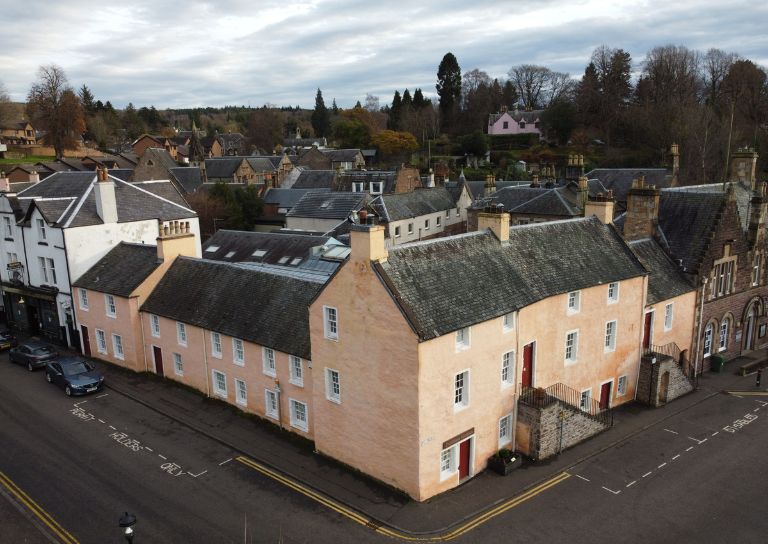
- How drones help us inspect traditional buildings

- Hazardous Masonry & Masonry Falls
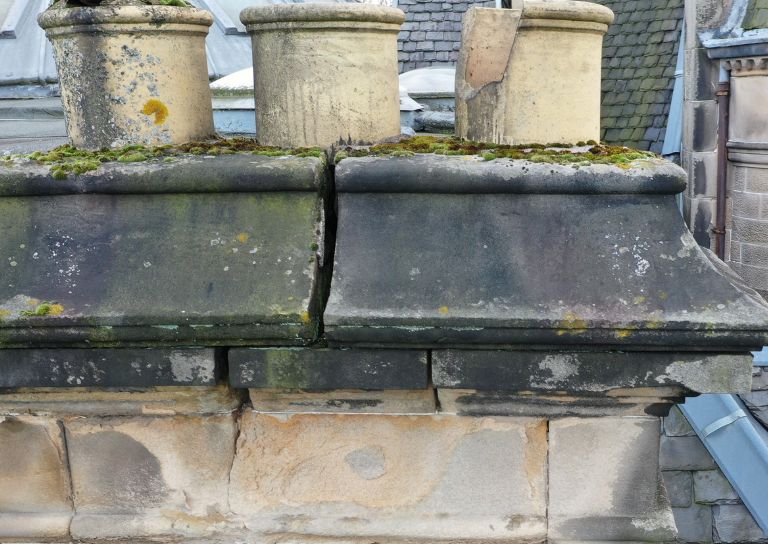
- Mason Bees: What’s the Buzz?
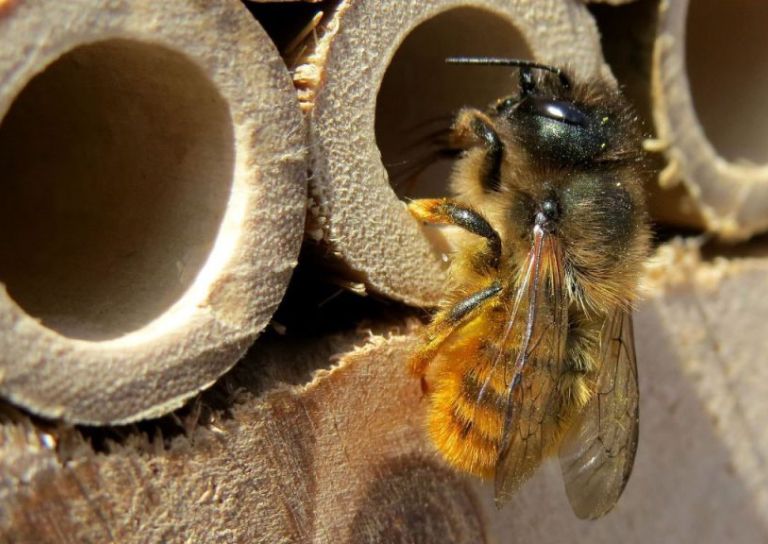
- Stirling Traditional Skills Demonstration Day Success!

- Floating Head Sculpture at Garden Glasgow Festival 1988
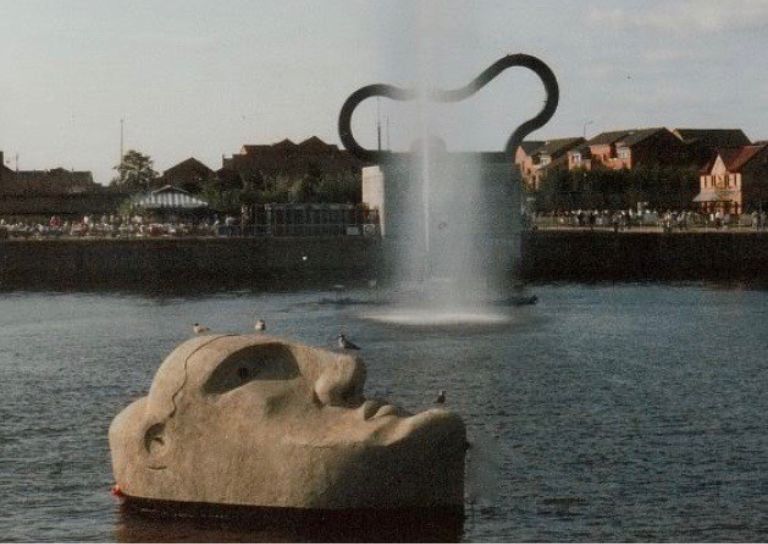
- The story behind Paisley Abbey’s Alien gargoyle
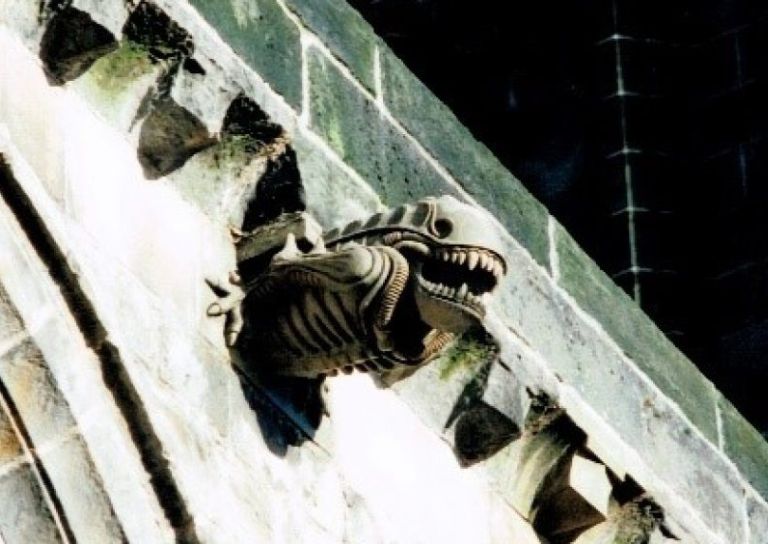
- Cambuskenneth Abbey

- Stirling City Heritage Trust Publications

- Sharing Memories: Taking '20 Great Buildings of Stirling' into the community

- William Wallace Statues In Stirling

- Coronations and Royal Christenings in Stirling

- The development of King's Park

- Energy efficiency project awarded grant from Shared Prosperity Fund

- Inspiring the Future: Stirling City Heritage Trust's Women in Construction Event at Wallace High
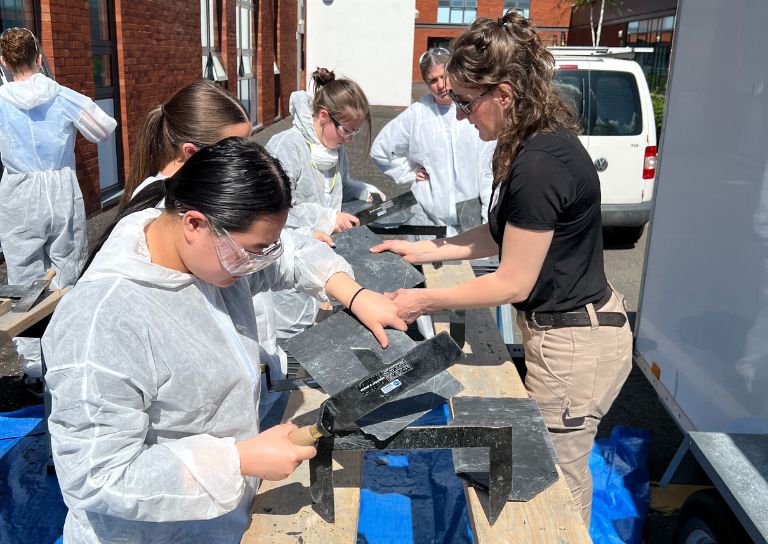
- Doors Open Days Talk: Who Built Stirling?

- 10 Years of the Traditional Buildings Health Check

- Growing up in Stirling: A Night of Reminiscence at The Smith
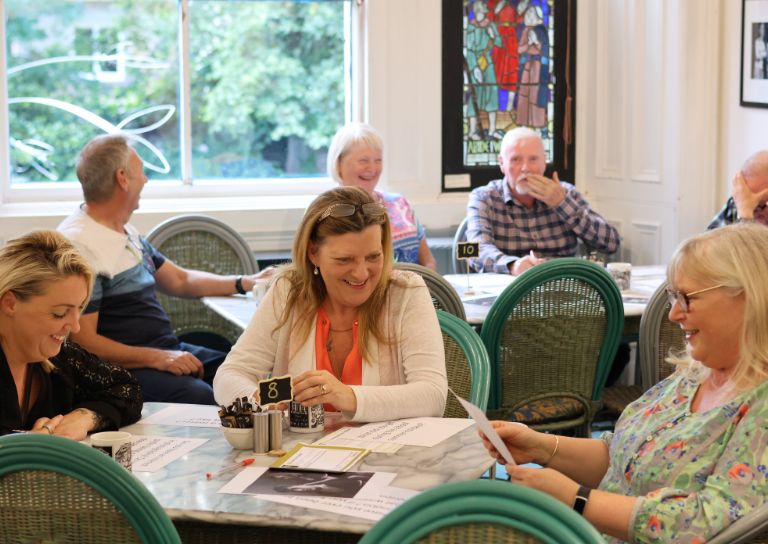
- SCHT visit to Brucefield Estate, Forestmill, Clackmannanshire

- Statement on Christie Clock

- Stirling’s Lost Skating Heritage

- Laurelhill House and the West Indies
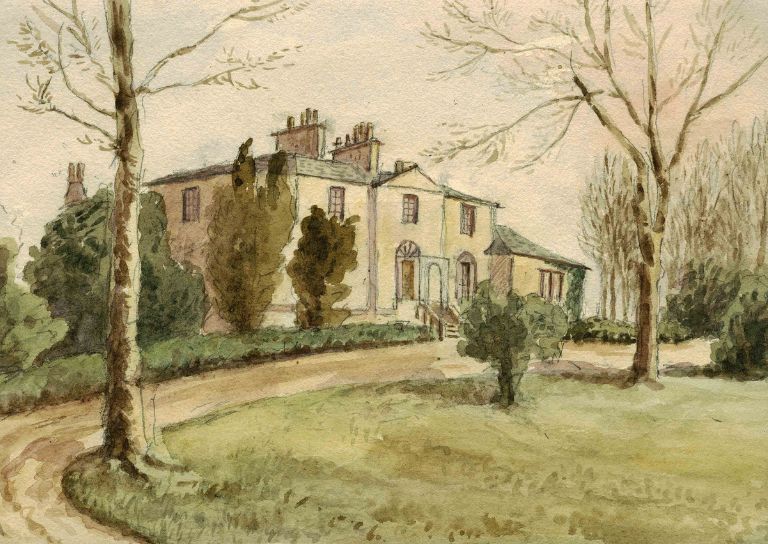
- Beechwood House and the Transatlantic Slave Trade
- About Us
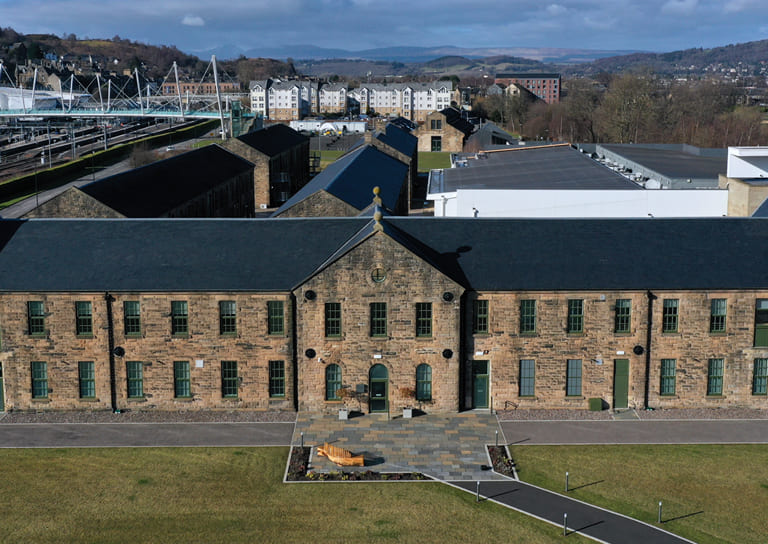
- Support Us

- Contact

Mason Bees: What’s the Buzz?

Despite environmental and habitat changes resulting in the decline of bee populations worldwide, many of us will still enjoy the sight of busy bees hovering around the flowers in our gardens this summer. But did you know there are several hundred different species of bee in the British Isles? These can be divided into two different groups, social bees, and solitary bees. Social bees live in groups within a hive and depend on a queen who lays eggs for all the group; whilst solitary bees live on their own, with the female making her nest within burrows formed underground, within vegetation, wood and even masonry. That’s right bees can make their nests in stone, it sounds like something from a horror movie but is an all too real problem!
Mason bees
The Mason Bee is a solitary bee, named after the female’s ability to use mud to create individual cells within the nest. She will line each cell with pollen and lay a single egg in each until the nest cavity is full. Generally, the Mason Bee will make use of existing cavities and holes, sometimes those left by other insects, but occasionally they will use their mandibles to enlarge holes or to burrow into soft material, such as decaying mortar or aging sandstone. Although a solitary species, the females will often nest close to other females. You may even have noticed an arrangement of the small holes they create in masonry surfaces without realising what they are! A few holes are unlikely to cause problems at the outset, but bees will often return to the same nest sites, and their annual burrowing activities can result in damage. Nest holes that fill with rainwater, which then expands upon freezing, may eventually cause masonry deterioration that requires stone repair or replacement.
Help! I’ve got Mason Bees!
Bees are an essential part of our ecosystem, pollinating a third of the food we eat, and while nesting is to be encouraged it is perhaps best to discourage it within masonry elements already impacted by age and weathering. Filling the nest holes and repairing the damaged masonry surface will help to break the annual cycle and hopefully, the bees will relocate. Mortar pointing can be repaired by raking out the affected areas and replacing it with appropriate mortar to match the original. Nest holes in the masonry surface can also be repaired by filling with mortar, and a mortar gun will prove useful when carrying out this work. In extreme cases where individual stones have been damaged beyond repair, then replacement with matching stone may be appropriate.
If you own a traditional building constructed of sandstone, then lime mortars were likely used in the original construction. Unlike contemporary mortars made with cement, traditional lime mortars require a specific skill set to mix and use successfully. There are several categories of lime and the correct type must be selected and mixed at the correct ratio for a given application. Lime mortars are also vulnerable to environmental conditions during the setting process, and fresh work must be constantly monitored, and if necessary protected until they have reached sufficient strength.
Training in the use of lime mortars is available for the enthusiastic homeowner at the Scottish Lime Centre Trust, and the skills learned may be adequate for repairing minor damage such as that created by mason bees. However, work at height will be difficult for the homeowner to undertake safely, and repairs on a larger scale or where stone replacement is needed will require the services of a qualified stonemason. A competent stonemason will also be able to provide the correct advice in respect of the appropriate materials to use.
Encouraging Bees
Preventing bees nesting in the walls of your home does not mean you cannot enjoy watching them build their nests in the spring and summer. Why not construct your own shelter for bees or buy a ready-made bee and insect house to place in your garden? Friends of the Earth have lots of useful information on their website about what you can do to help bees, including a step-by-step guide for making a boutique bee hotel. The RSPB website also includes a useful video to accompany their instructions.
There’s no time like the present to do your bit to encourage bees, let us know if you’ve ever had mason bees in your property, and if you do make a bee hotel.



